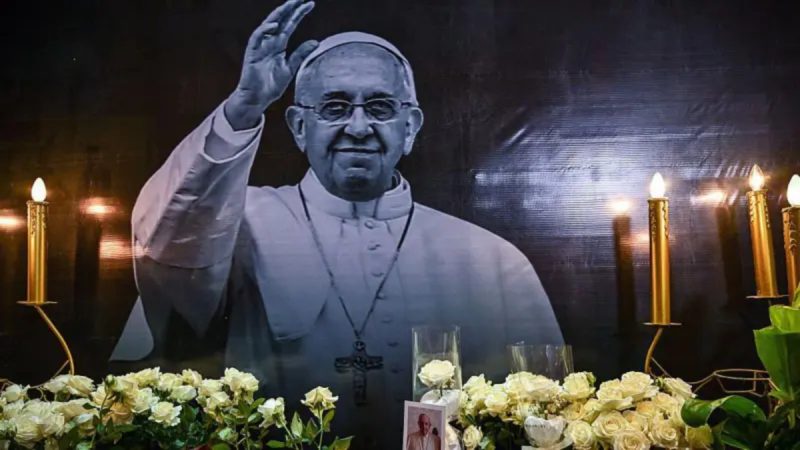
Pope Francis, who passed away this Monday, led the Catholic Church into the 21st century, becoming a beacon of resistance against the global rise of conservative forces. This is according to theologian and historian Gerson Leite de Moraes, professor at Mackenzie Presbyterian University. During his 12-year papacy, Francis championed inclusivity, authorizing same-sex couples to receive blessings from priests and taking firm stances on global issues like wealth inequality and immigrant rights.
Moraes highlights Francis’s powerful message to those in power, describing him as a prophetic voice against the global far-right. He emphasizes that Francis’s key legacy lies in demonstrating that it’s possible to be a Christian who genuinely lives the Gospel in the modern world. This requires choosing the right battles and consistently embodying the teachings of Jesus Christ.
The continuation of this legacy hinges on the election of his successor. Moraes believes Francis was shrewd in appointing new cardinals throughout his papacy, a majority of whom (108 out of 135 electors) will choose the next Pope. These appointments included a significant number of non-European cardinals, reflecting his global vision.
While Cardinal Luis Antonio Tagle, known as the “Asian Pope Francis,” is a strong contender, Moraes suggests that the political climate could lead to the election of a European Pope. He points to the complex geopolitical landscape, with Europe caught between the interests of China, the United States under Trump, and a powerful, autocratic Russia, as a factor influencing the decision. He acknowledges the spiritual nature of the election but emphasizes its undeniable political dimension.
Moraes further explains that Francis’s impact was multifaceted, encompassing both symbolic gestures and concrete actions. He cites the stricter measures against pedophiles and corrupt clergy as examples of his tangible reforms. He also highlights the symbolic simplification of the papal burial ritual, replacing the traditional three-coffin burial with a simpler approach.
Francis’s papacy served as a counterpoint to the rising conservative tide globally. His messages consistently championed the vulnerable, criticizing wealth concentration, the treatment of immigrants, and the devastating impact of war on the most marginalized. He aimed for inclusion, embracing various groups often excluded from mainstream church discourse.
The authorization for priests to bless same-sex unions, while not fully recognizing same-sex marriage, represents a significant step. Moraes suggests that Francis strategically navigated the complexities of the Church, pushing for progress within the existing structures. He likens this to a gradual shift, acknowledging that changing a centuries-old institution requires incremental adjustments.
Francis’s strategic appointments of cardinals will significantly influence the next papal election. While the hope is for a continuation of his progressive reforms, the possibility of a more conservative successor remains. The geopolitical situation, particularly Europe’s precarious position, is expected to play a role in shaping the choice. While a South American or specifically Brazilian Pope is considered unlikely, Cardinal Tagle emerges as a prominent non-European candidate.
Ultimately, the future of the Catholic Church rests on the shoulders of the cardinals chosen by Pope Francis, reflecting the profound and lasting impact of his progressive papacy.










